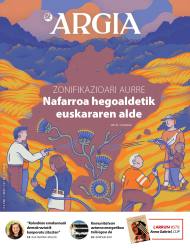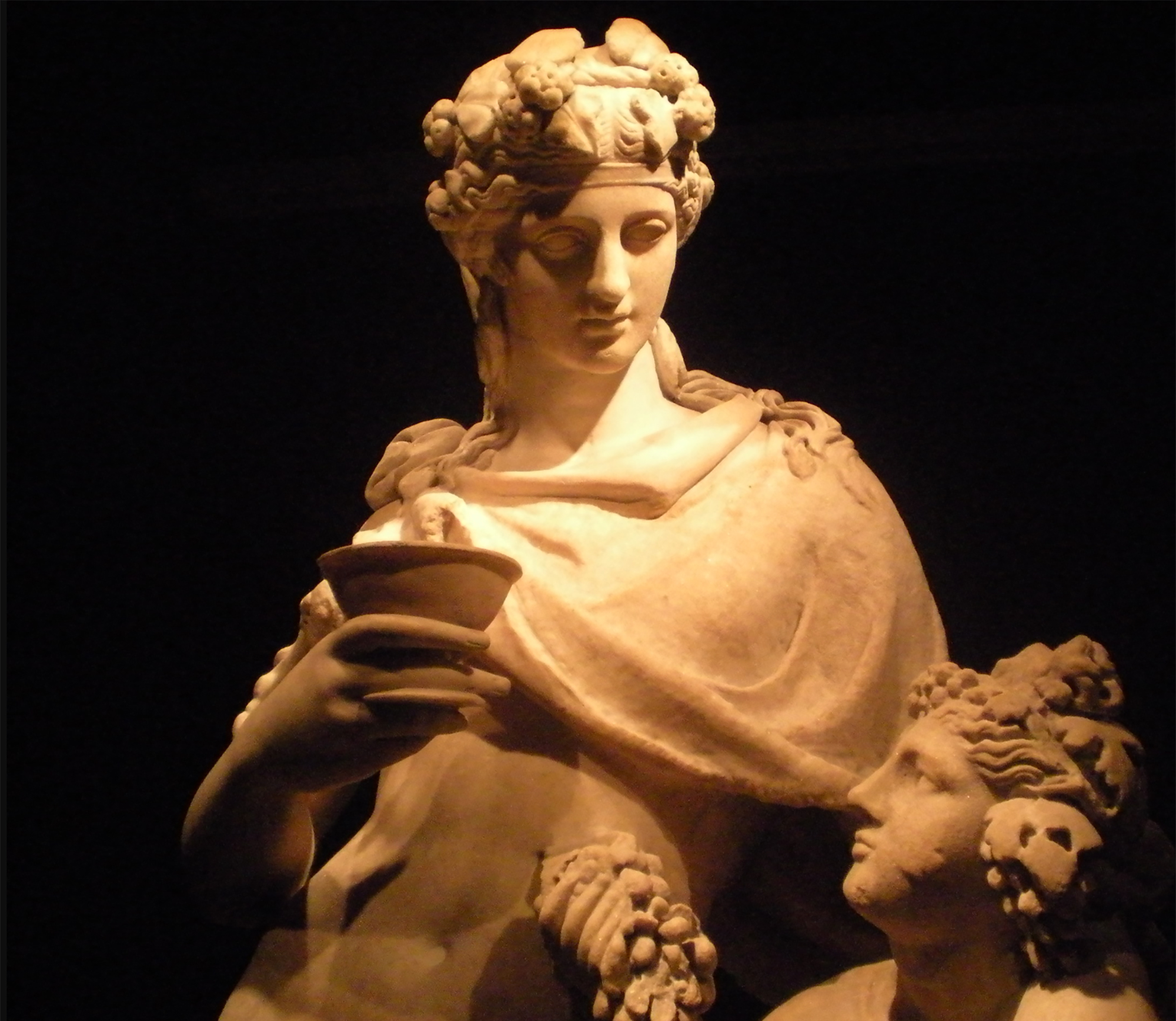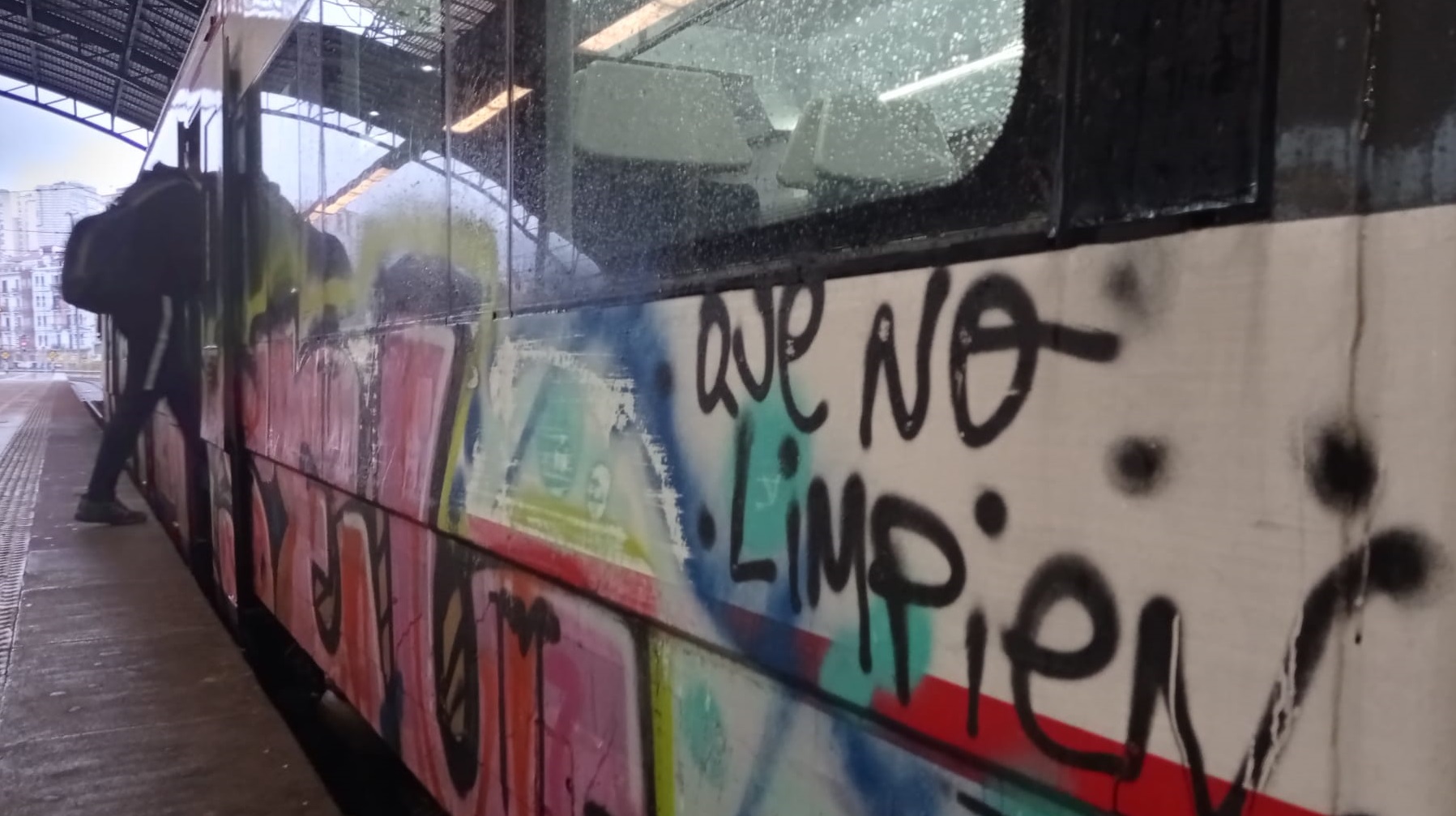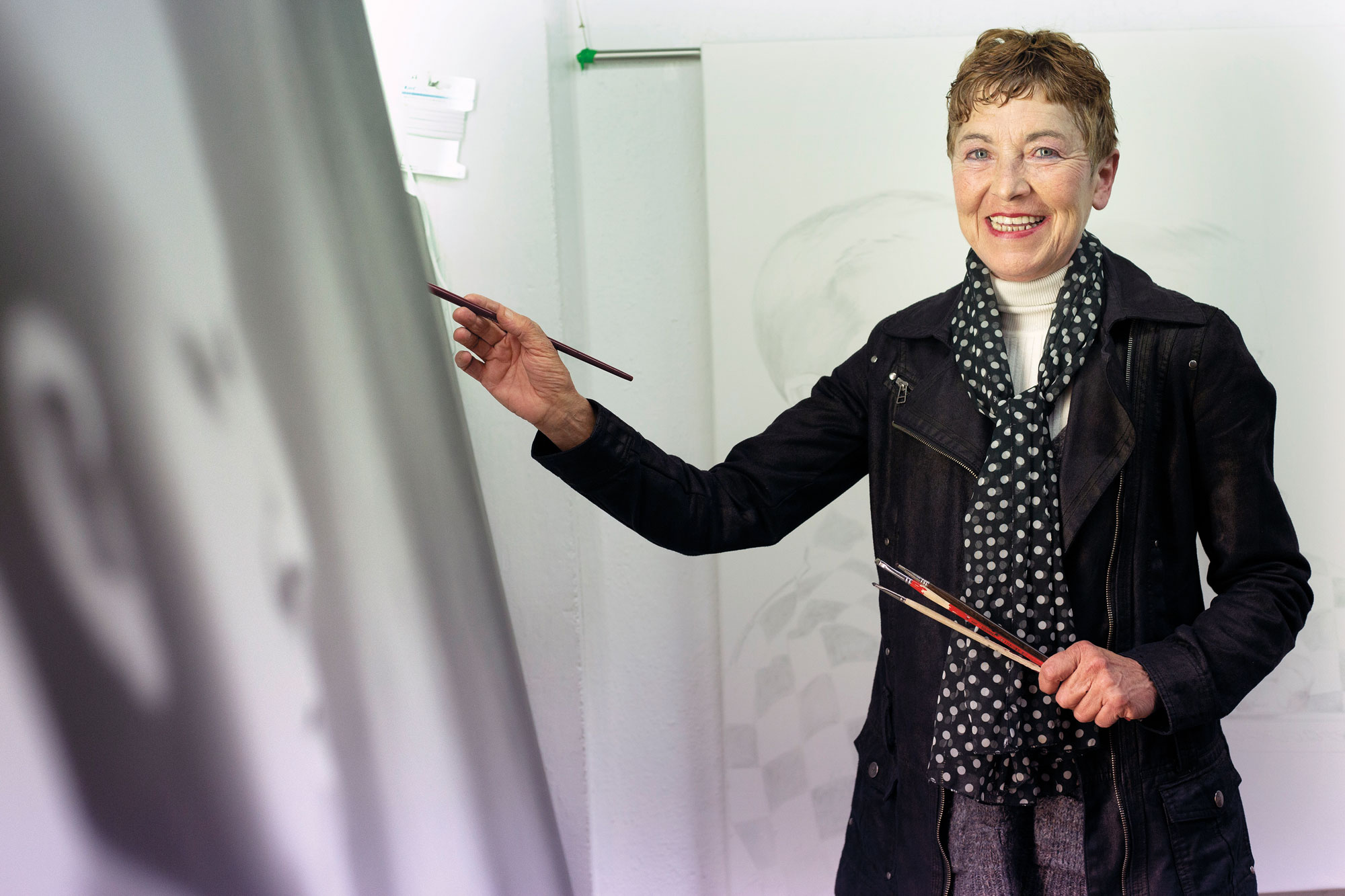The Venice Art Biennale, more oneiric than ever
- Leonora Carrington (1917-2011), besides being one of the most important artists of the 20th century, was an expert storyteller. He told his children stories of men with huge ears who became elephants, or the daring kids who loved the crocodiles and with them they immersed themselves in deep swamps, and they also referred to half-body beings in the form of crab and the other half in the form of beautiful black woman. All these rainbow stories, which emerged from the limitless imagination such as dreams, were then collected in the collection of stories "The Milk of Dreams." The endless fantasy world that can be found on these pages is the thread that we found this year in the main exhibition of the Venice Biennale of Art.
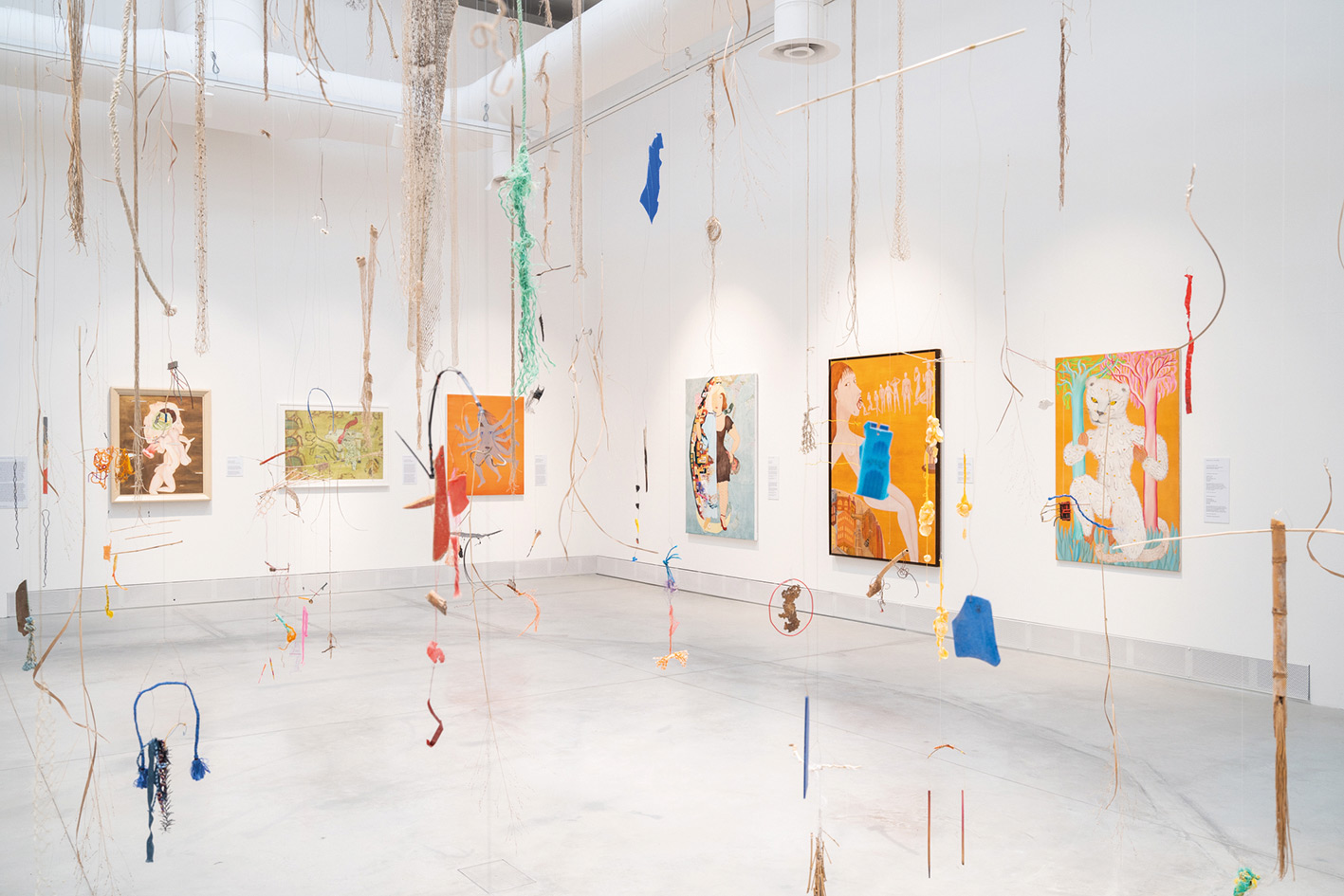
The Italian Cecilia Alemani has been the curator in charge of this year's Biennale and has given character, direction and coherence to the immense project that runs through two large areas of Venice. Faced with the current unstable situation, a tremor that extends to almost every area of our life, the new worldview, the unusual places to imagine and the possibilities of rethinking the world through a heterogeneous practice of art. And it is not an easy task, because that gigantic international showcase of art held every two years in Venice is always exaggerated and dominant, sometimes with the risk of falling too easily into effective operations. This year, however, it is a displacement or a change of place: for a long time we reaffirmed our desire to cut it with an invisible thread.
To show that the anthropocentric vision (white, male, colonial and patriarchal) that has dominated for a long time has been exhausted, and the invitation to live the fantastic worlds of Carrington, which has emerged at this year’s Biennale, has underlined that art is a very valuable tool for imagining new worlds. To shape this task, more than two hundred international artists have been selected and presented at the Venetian centers Giardini and Arsenal, and most are women and artists who do not identify with a specific genre in the history of the Biennal, after 127 years. That is also a principle.
Therefore, in the main exhibition of The Milk of Dreams in Venice this year, a post-humanist vision of the world is highlighted, in which artists focus on the hybridization between different beings, on the interaction between the natural and technological worlds, giving prominence to non-rational knowledge, giving space to beliefs and rituals; in short, opening up from the gates of imagination. All this takes the form of a living plasticity (Cecilia Vicuña, Paula Precirego, Prabhakar Pachpute) which is reflected in large sculptures (Gabriel Chaile, Simone Leigh), organic forms hanging from the roof (Tere Solar, Kapwani Wanoyon) or in its natural environment. The works of art of the entrances to the exhibition spaces of Giardini and Arsenal seemed paradigmatic: Drawings by Elephant (1987) by Katharina Fritsch and Cuban artist Belkis Ayón. The first places the sculpture of a large elephant, emblem of the matriarchal animal, in an elegant neoclassical gallery surrounded by mirrors; the second is based on African-Cuban traditions by drawings describing a matriarchal imaginary society.
Reflection on the body can also be clearly seen in the main exhibition. And that is that we draw mutant and hybridized bodies like cyborgs, prostheses, discarded molds, silicone busts, swollen wrists of sexual intercourse… Around this issue we could locate the work Helmets by the Pamplona artist June Crespo. The Basque artist joins the bronze armor in 2020 two soybean sculptures made of stainless steel and ceramics. Crespo has been thinking through sculpture for some time about the body and architecture, where he fills with clothing the holes or cavities of the sculptures made with possible materials for construction. The three-piece series are presented surrounded by photographs of Aneta Grzeszykowska.
In addition to this main exhibition, the artistic projects presented in the national pavilions are the strength of the Biennale. Every two years, each country presents in its pavilion the work of one or more artists. The pavilions are national constructions built in the late nineteenth and early twentieth centuries, in a sense marked by the universal and international expos that flourished in Paris and other western metropolises in the nineteenth century. Each architecture allows us to make interesting geopolitical readings of the time in which they were built, but above all they are witnesses of a scheme that responds to an era of the past and that is why today we have to question and rethink it.
They are spaces of great connotation. Spanish, for example, began to be built in 1922 and in 1954 changed its original baroque façade to a caravista brick façade. In the 2019 edition the works of Itziar Okariz and Sergio Prego were presented in the pavilion of Spain under the police station of Peio Agirre, and this year the witness has passed to Catalonia with the intervention of Correction (Correction) of Ignasi Abuse. Aballa observed the architecture of the pavilion and analyzed the plans of the time and observed that the wall had a sliding ten degrees in relation to Belgium and the Netherlands. Therefore, his intervention has been the rectification of this sliding through the walls he has built inside the pavilion. “It’s unadjusted. I decided to play with the idea of correction and error, and to work at the same time with contradictory concepts, such as: straight and turned, or empty and full,” said the artist. The gesture is subtle, very minimal and difficult to perceive, but it raises questions such as what does it mean to be aligned with other countries? To what extent is it necessary to be displaced? In the building that this year is one hundred years old it has assembled two structures in which lights and powders are elements that occupy the building. He has also published six books which come to complete the project and which can be obtained free of charge from various newsstands and bookshops in Venice.
German artist Maria Eichhorn also proposes an intervention in the German pavilion focused on architecture. If the above was a subtle gesture, Eichhorn's is much stronger. The German pavilion was built in 1909 to house the Bavarian pavilion. It was a building set on a human scale until 30 years later the Nazi regimes had completely transformed: covering windows, raising roofs, expanding doors… They built a pavilion like a fascist architecture that feared. The artist has preferred to transform space instead of showing his work in this space and has eliminated the architectural interventions of 1938 during the exhibition. This operation forces us, once again, to a critical reading of architecture, rather than its own content, which must be questioned because they are conditions that often occur in space.
The Russian flag has been closed this year. However, Ukraine has been represented by the work of the artist Pavlo Makov. The Netherlands has given its flag this year to Estonia and Catalonia has had its own flag in which the Lara Flow project has been presented. The Venice Arts Biennale looks like an example of the current geopolitical situation. However, the invitation to give way to new worldviews and knowledge is, above all, the step towards dominant hope.
Eskultura grekoerromatarrek bere garaian zuten itxurak ez du zerikusirik gaurkoarekin. Erabilitako materiala ez zuten bistan uzten. Orain badakigu kolore biziz margotzen zituztela eta jantziak eta apaingarriak ere eransten zizkietela. Bada, Cecilie Brøns Harvard... [+]
Behin batean, gazterik, gidoi nagusia betetzea egokitu zitzaion. Elbira Zipitriaren ikasle izanak, ikastolen mugimendu berriarekin bat egin zuen. Irakasle izan zen artisau baino lehen. Gero, eskulturgile. Egun, musika jotzen du, bere gogoz eta bere buruarentzat. Eta beti, eta 35... [+]
This text comes two years later, but the calamities of drunks are like this. A surprising surprise happened in San Fermín Txikito: I met Maite Ciganda Azcarate, an art restorer and friend of a friend. That night he told me that he had been arranging two figures that could be... [+]
On Monday afternoon, I had already planned two documentaries carried out in the Basque Country. I am not particularly fond of documentaries, but Zinemaldia is often a good opportunity to set aside habits and traditions. I decided on the Pello Gutierrez Peñalba Replica a week... [+]









